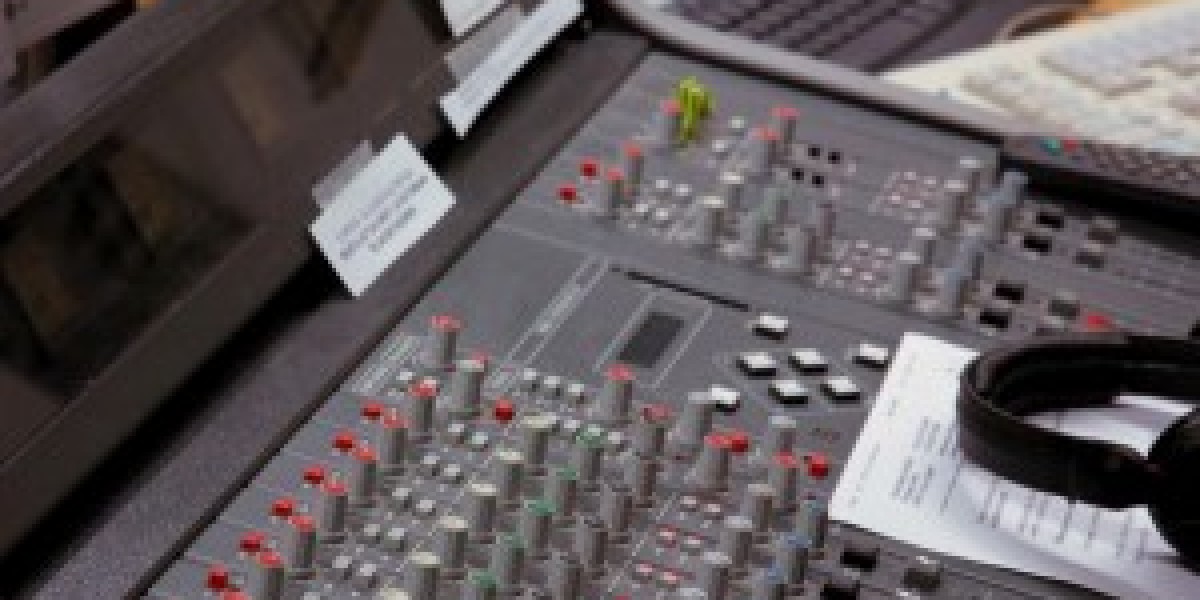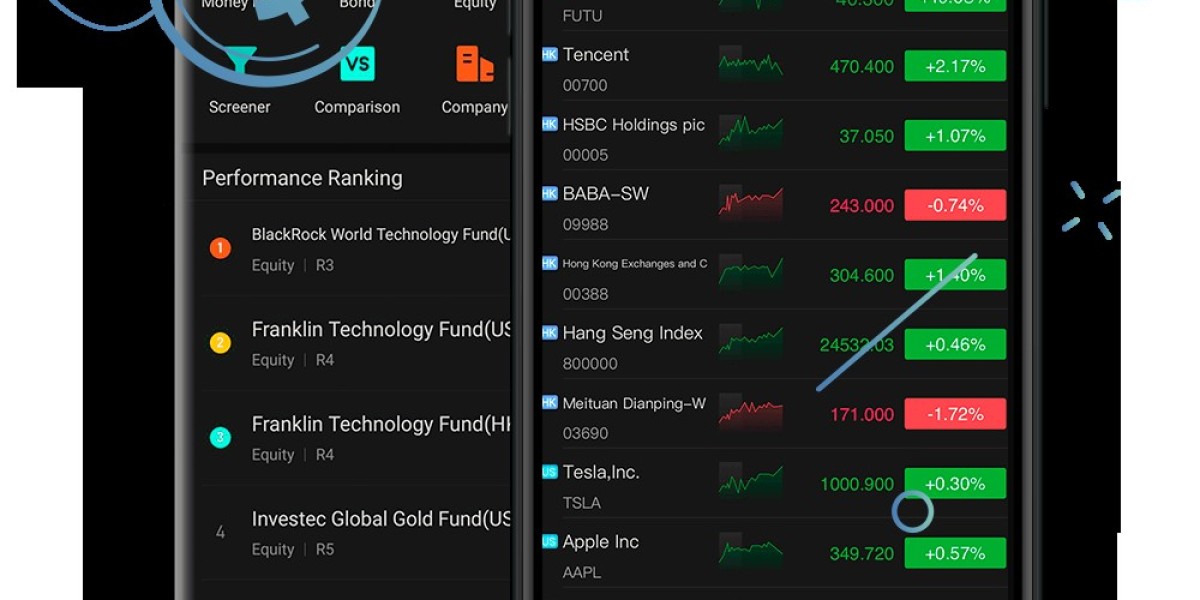A Beginner's Guide: How to Start Mixing Songs
Music mixing is an art form that plays a pivotal role in the music production process. It involves blending individual audio tracks to create a harmonious and captivating final song. At "Mix and Master My Song," we recognize the importance of equipping aspiring mix engineers with the knowledge and tools they need to embark on their mixing journey. Here's a comprehensive guide on how to start mixing songs.
1. Acquire the Necessary Tools:
Before diving into music mixing, you'll need essential tools and equipment. This includes a digital audio workstation (DAW), studio headphones or monitors, and a MIDI controller if you plan to use virtual instruments.
2. Learn the Basics:
Understanding the fundamentals of mixing is crucial. Familiarize yourself with concepts like equalization (EQ), compression, reverb, and delay. These are the building blocks of audio manipulation in mixing.
3. Listen Critically:
Develop your listening skills by paying attention to songs with a critical ear. Analyze the placement of instruments and vocals in the mix, identify EQ adjustments, and notice how dynamics are controlled.
4. Organize Your Session:
Start by importing your audio tracks into your DAW. Create tracks for each element of the song, such as vocals, drums, guitars, and synths. This organization is essential for an efficient mixing process.
5. Balancing Act:
Begin the mix by setting the balance between different tracks. Adjust the volume levels to ensure that no instrument or vocal dominates the mix. This initial balance serves as the foundation for your mix.
6. Equalization (EQ):
Use EQ to shape the tonal balance of each track. Cut frequencies that muddy the mix and boost those that enhance the character of each instrument or vocal.
7. Dynamics Control:
Apply compression to even out the dynamics of your tracks. Compression helps maintain a consistent volume level and is essential for controlling peaks and transients.
8. Effects and Processing:
Experiment with reverb, delay, chorus, and other effects to add depth and dimension to your mix. Each effect contributes to the overall texture and atmosphere of the song.
9. Automation:
Automation allows you to make dynamic changes in your mix over time. You can automate parameters like volume, panning, and effect settings to create movement and emotion in the song.
10. Reference Tracks:
Compare your mix to professional reference tracks. This helps ensure that your mix meets industry standards in terms of balance, tonal quality, and overall sound.
11. Seek Feedback:
Don't hesitate to share your mix with experienced mix engineers or fellow musicians for feedback. Constructive criticism can help you refine your skills.
12. Practice, Practice, Practice:
The key to becoming a proficient mix engineer is practice. Mix a variety of songs across different genres to broaden your experience.
"Mix and Master My Song" - Your Partner in Mixing:
At "Mix and Master My Song," we understand that mixing is both an art and a science. Our online mixing services are here to support musicians, bands, and producers in achieving the best possible mix for their music. Whether you're just starting or a seasoned professional, we're here to help you make your music shine.
In conclusion, starting your journey in mixing songs requires dedication, practice, and a keen ear. As you continue to hone your skills, you'll discover the unique creative possibilities that mixing offers, enabling you to bring out the full potential of your music.








